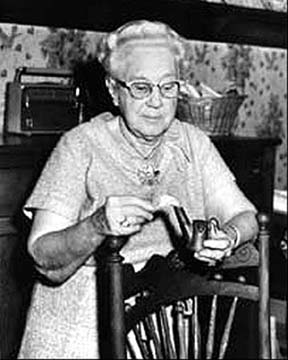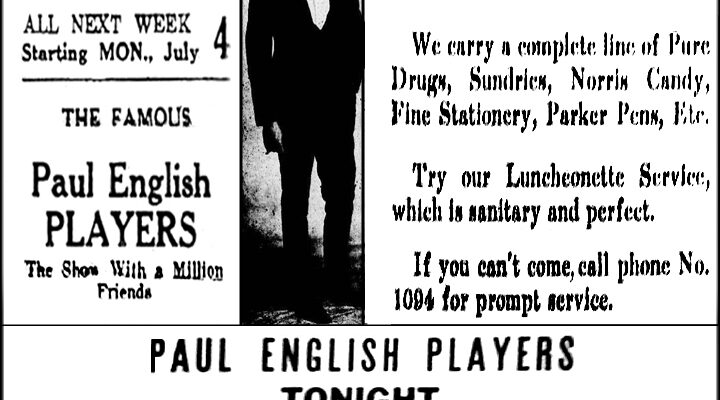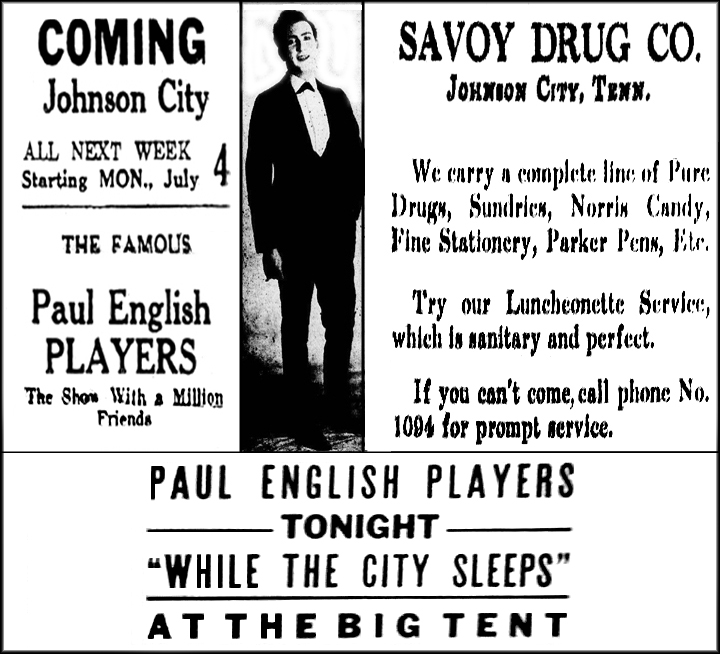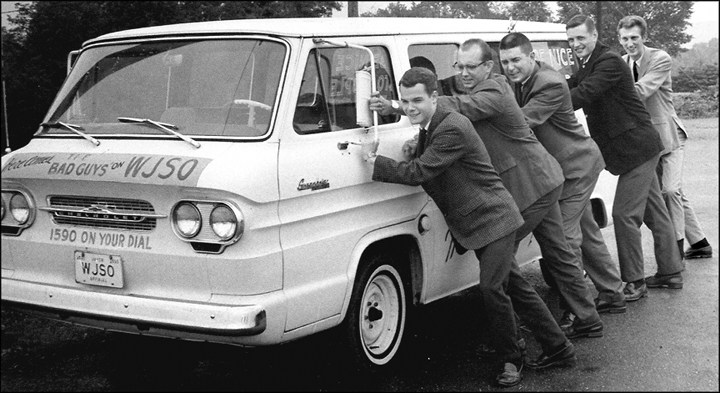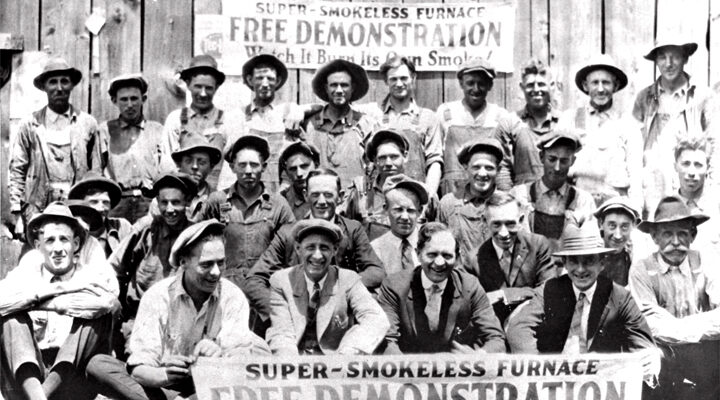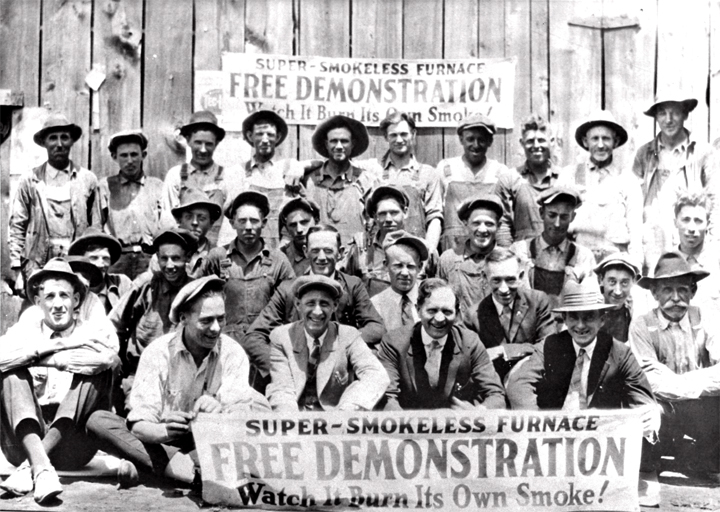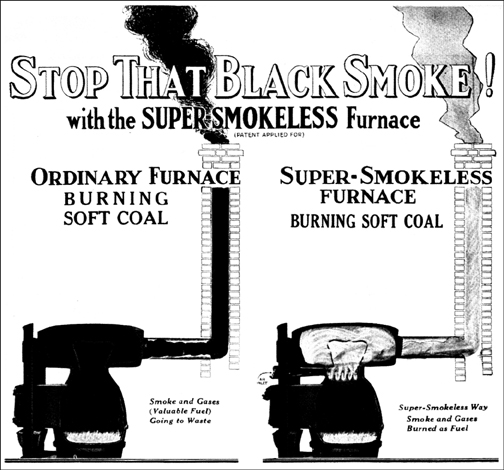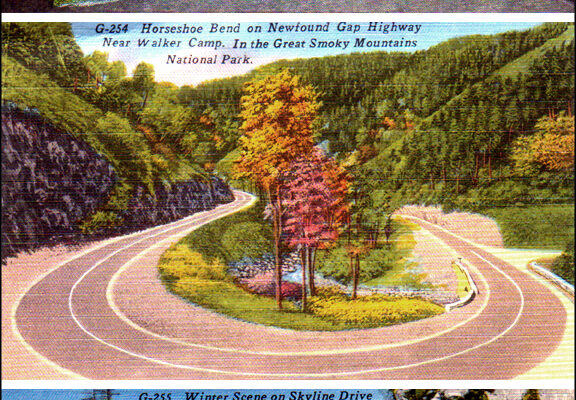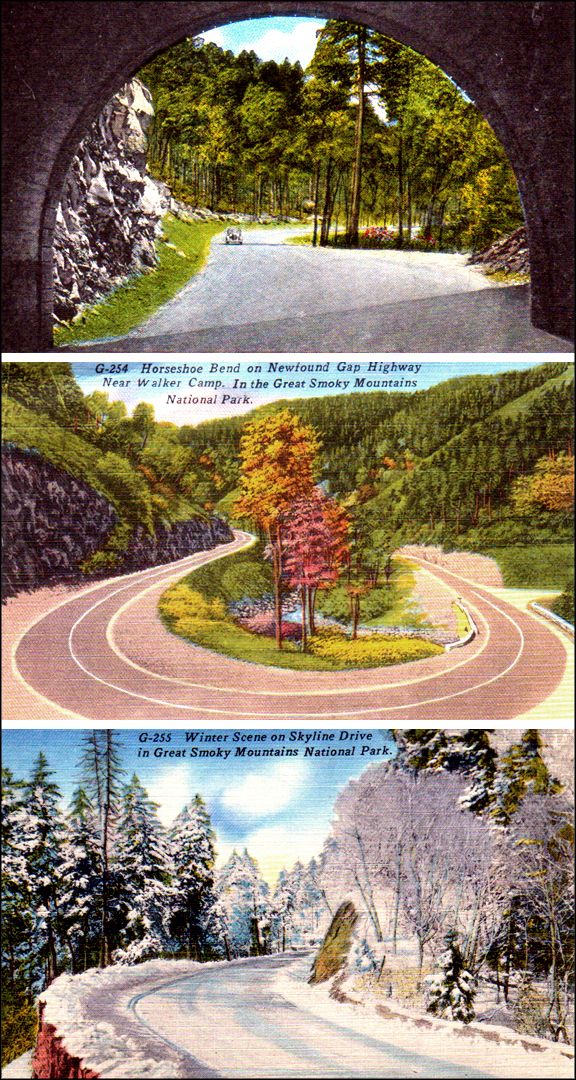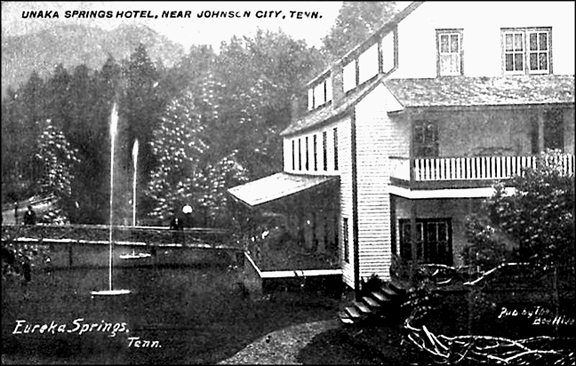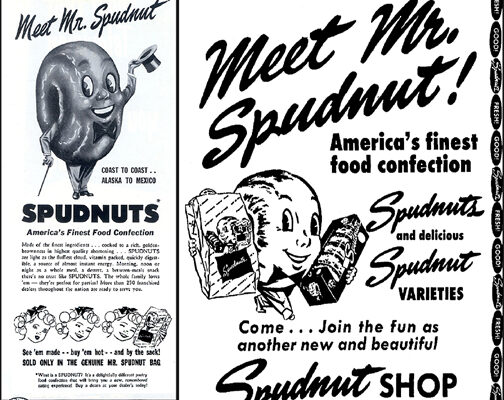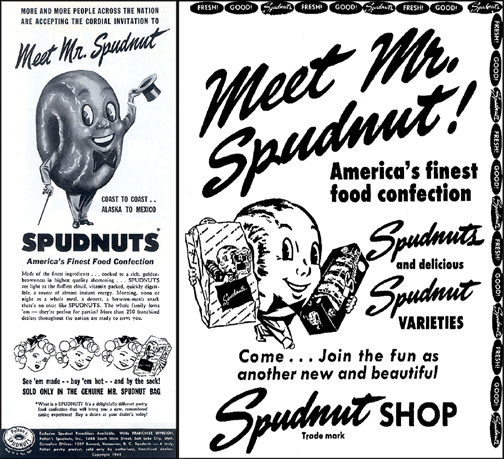Glenn Stroup asked me if I would write a column about Warren Weddle, Science Hill High School’s former colorful band director. Since I was not in the band, Glenn became my primary source of information.
According to the former band member, Warren once played in a dance band in Chicago as a professional drummer, which explains why he was so successful in teaching percussion to local musicians such as George Buda, Gene Young, Jerry Doyle, Bob Byrd, Bobby Joe Tipton and others. Over the years, he retained his dexterity and coordination to the extent that he could play four different rhythms at the same time with his hands and feet.
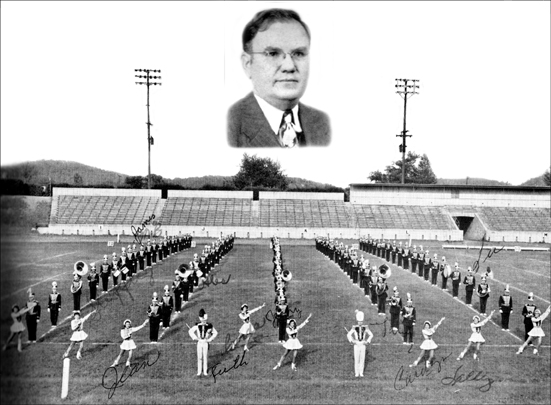
Glenn remembered that Mr. Weddle was somewhat absent-minded, probably because he was usually thinking about the next thing he had to do. He taught Junior High School students in the morning and then cruised down the street to Science Hill High School in the afternoon. Since band instruments were so expensive, especially the more exotic ones like the oboe or bassoon, it became necessary for students to use school-owned instruments at both schools. Warren would routinely cram them into his car and transport them from one site to the other.
On one occasion, the bandleader left his car parked at Junior High and walked down Roan Street to “The Hill.” He usually asked several of the first boys to show up for band practice to carry in the instruments for him. His tendency to forget where he parked his car led to practical jokes by some of the male pranksters. They would drive his car around to the front of the school, leave it there and then fib to him that they couldn't find it. Obviously that was good for only a few times before the band director caught on to their revelry. He was subject to numerous other practical jokes primarily because he was such a good sport. His students loved him.
The Weddles never had children; perhaps Warren figured that his students were his kids. He was a good listener and became a friend as well as a mentor to his students. The Weddles owned a small dog that went everywhere with them. The animal rode in the front passenger seat, while Mrs. Weddle sat in the back. Her reason was that she didn't want to get dog hairs on her clothes.
The director always had a “show” band” versus a “drill band,” meaning that the band’s halftime performance had a theme and was new every week. He often used current popular tunes of that day, which required loads of work orchestrating the music. He wrote the music for all instruments and distributed it to his students at the beginning of the week. To make copies for them, he used the infamous “Ditto” machine (a “spirit duplicator) that many of us still recall. It used an odorous gel purple substance (not ink) with purple color.
Mr. Weddle also had a penchant for wooden batons (the type with a cork handle or similar substance). He had a less-than-desirable habit of chewing on them if things were not going well. One day someone dipped the tip of the baton in the Ditto colorant and by end of the class, Warren’s lips had turned lavender.
“I had tremendous respect and admiration for Mr. Weddle,” said Stroup, “and I still fondly remember him after 60 years since graduation. I respected him as a person, not just for the tremendous knowledge and skill he possessed as a teacher and musician.”
Let me conclude with my vivid memory of the bandleader. I rarely missed a downtown Johnson City parade. Warren had the curious habit of walking briskly on the sidewalk keeping up with his SHHS band and, at the same time, maneuvering carefully through the spectators without knocking anyone down. I suppose he saw this as a valuable opportunity to evaluate the marching and playing skills of his musicians.
Glenn is delighted that his memories of his favorite band director are appearing in the newspaper. I am sure others have fond recollections of Mr. Weddle.
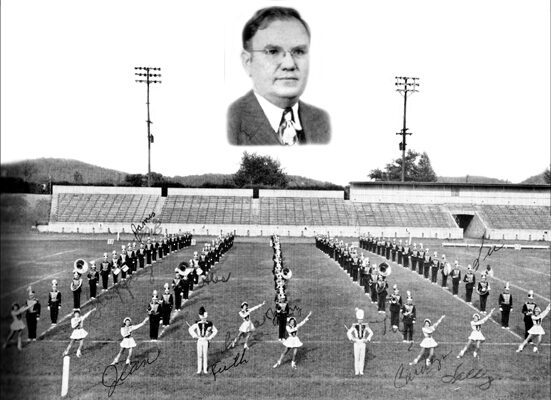
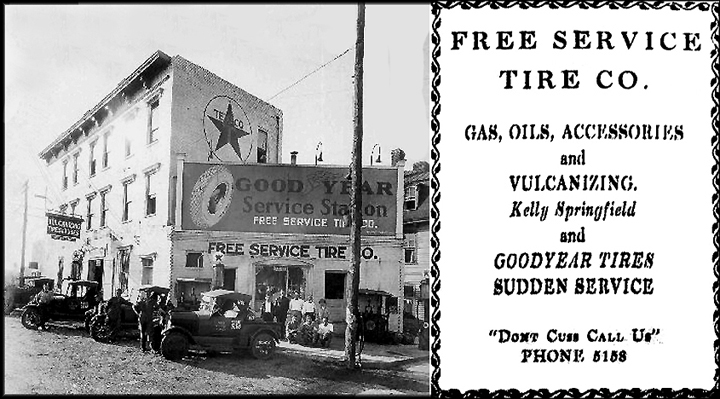
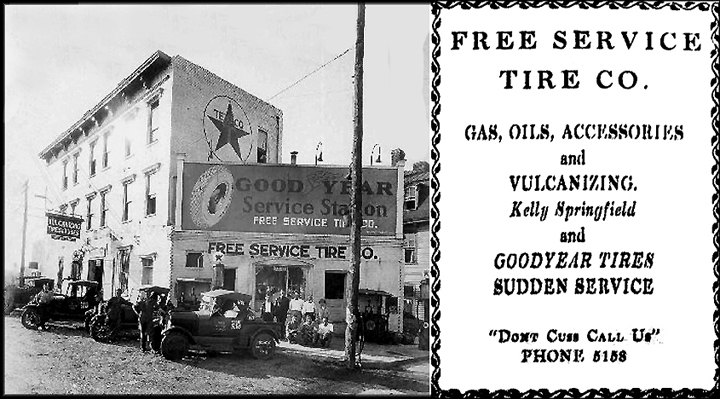
 and Rev. Crouch (Courtesy Cy Crumley Collection).jpg)
 and Rev. Crouch (Courtesy Cy Crumley Collection).jpg)
